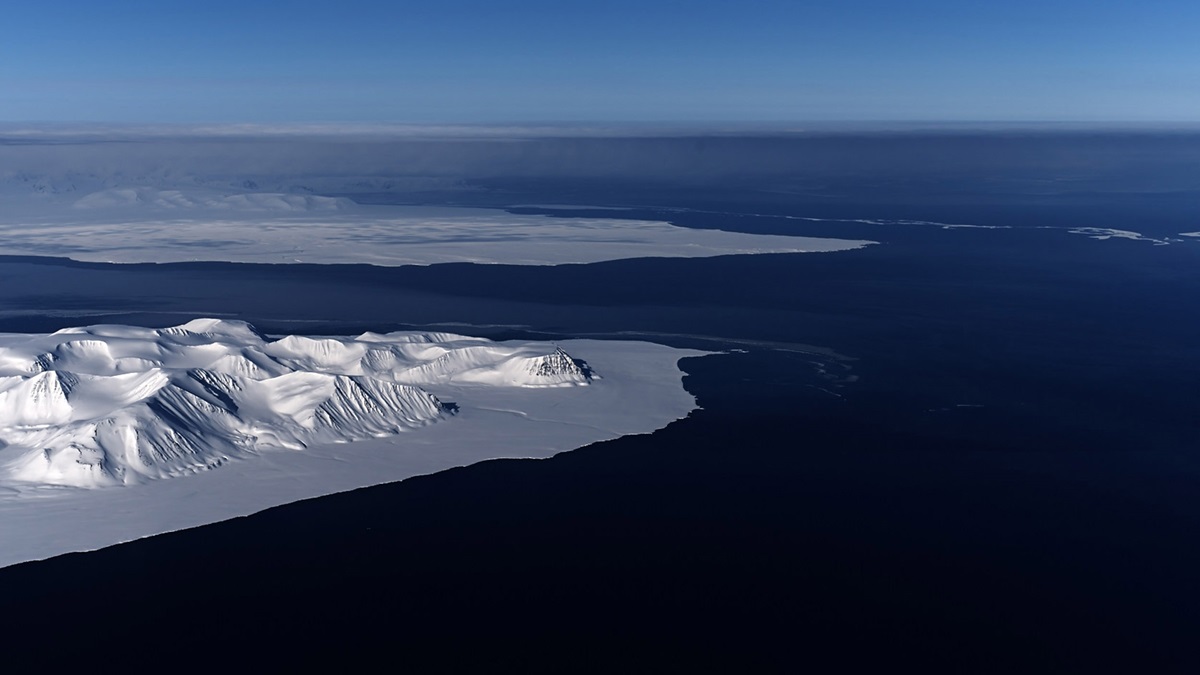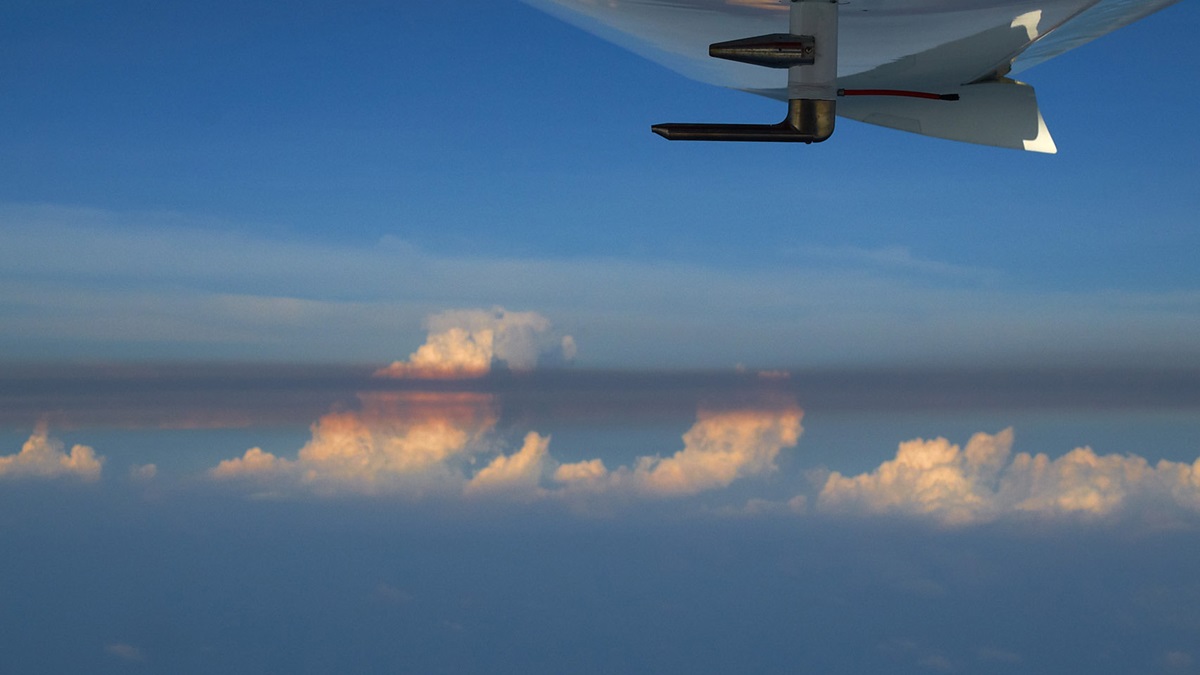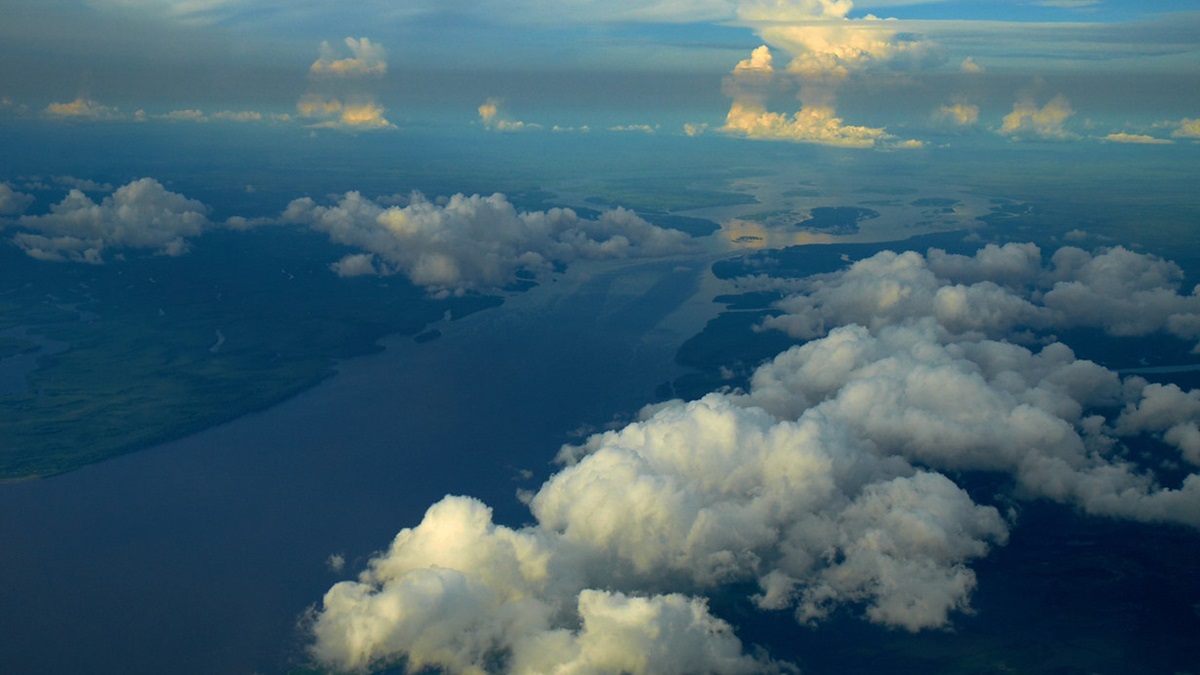Pilot flies for science in light sport aircraft
A Slovenian environmentalist pilot known for record-making and long-distance flying is conducting research in a light sport aircraft to study the effects of wind-borne particles on the melting rate of Europe’s glaciers.
AOPA member Matevž Lenarčič’s flights over the Mediterranean and the Alps for the GreenLight WorldFlight research mission seek to determine the role black carbon and sand transported by wind from the Sahara Desert play in Europe’s air pollution, according to a May 23 news release.
“The deposition of coloured particles on the surface of white snow and glaciers causes increased absorption of sunlight, heating, and accelerated melting. Alpine glaciers are a very important source of drinking water and energy for the Central Europe. However, according to some pessimistic forecasts, they are in danger of disappearance due to pollution,” the GreenLight WorldFlight news release said.
According to the U.S. Environmental Protection Agency, black carbon is “the most strongly light-absorbing component of particulate matter (PM), and is formed by the incomplete combustion of fossil fuels, biofuels, and biomass.” Emitted into the atmosphere as fine particles, black carbon “can absorb a million times more energy than carbon dioxide,” and is a major component of the complex light-absorbing mixture called soot, the EPA says.

The Mediterranean 2017 mission will track more than 20,000 kilometers in the Mediterranean, and follows data collection conducted during Lenarčič’s 2016 round-the-world flight in the Dynamic WT9 powered by a Rotax 912iS engine. Both flights are part of the continuing GreenLight WorldFlight 2016-2020 mission to raise awareness about black carbon, and measure it in areas where no data has been collected before.
On the 2016 flight, Lenarčič needed only 28 days “for more than 42 000 km,” crossing the central Atlantic Ocean between Cabo Verde and Martinique and the North Pacific between California and Borneo. Fuel consumption averaged 16 liters per hour, with some flight legs “longer than 4100 km and extremely demanding,” the organization said.
Lenarčič measured black carbon concentrations in areas where there had been no similar measurements before during the mission, providing an assessment that the severity of the black carbon problem is generally underestimated.
His previous endurance flying has included two previous circumnavigations of the globe—in 2004 in a Pipistrel Sinus motorglider, and in 2012 in an ultralight Pipistrel Virus SW modified with a turbocharged Rotax engine that gave the aircraft the capability to reach 30,000 feet.








